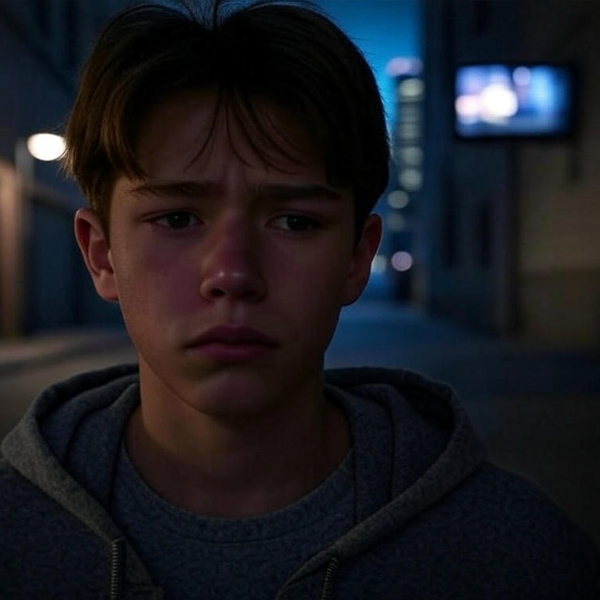From Screens to Streets, the Gateway of Addiction to Crime

In today’s world, third-page news stories from newspapers frequently appear on television channels and social media platforms. So much so that we have become so accustomed to these reports that we no longer react to them. Lately, headlines like “X named celebrity arrested for promoting drug use” have been dominating our attention. But are these songs, series, and movies truly encouraging drug use?
Based on sociological observations, the answer to this question is yes. Particularly during adolescence, individuals tend to imitate the role models presented by popular culture. Media often portrays content related to addiction by romanticizing or normalizing it. In series on digital platforms, drug use is frequently depicted as being associated with luxury lifestyles, entertainment, and freedom. This can lead to the perception that drug use is not dangerous but rather a “tryable” behavior. The negative effects of addiction are often ignored, and misleading messages are subtly embedded in our subconscious.
Research indicates that drug use makes individuals more prone to committing crimes. Most crimes committed under the influence of drugs occur when a person’s ability to make conscious decisions is impaired. Additionally, the need to find financial resources due to addiction can drive individuals toward crimes such as theft, robbery, or drug trafficking. Addiction is not only a threat to an individual’s health but also a serious risk factor that jeopardizes societal security and order.
From a sociological perspective, there is a two-way relationship between addiction and crime. Sometimes crime leads to addiction, while at other times, addiction paves the way for crime. This cycle is particularly prevalent among young people. Factors such as economic hardship, social exclusion, and future anxiety become pressure points that push individuals toward both drug use and criminal behavior. At this juncture, the focus should be on not only raising awareness among individuals but also educating society as a whole and developing preventive policies.
Breaking the cycle of societal crime requires a collective effort to combat addiction, not just an individual responsibility. A multifaceted approach should be established, ranging from media representation to educational policies, healthcare services, and legal regulations. Let us not forget that behind many crimes lies an unresolved story of addiction.
Education and Awareness Coordinator Selin TEKE
